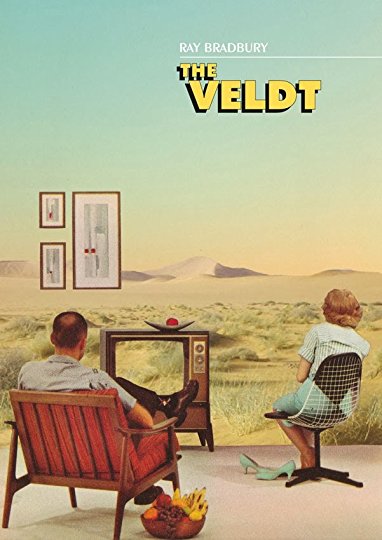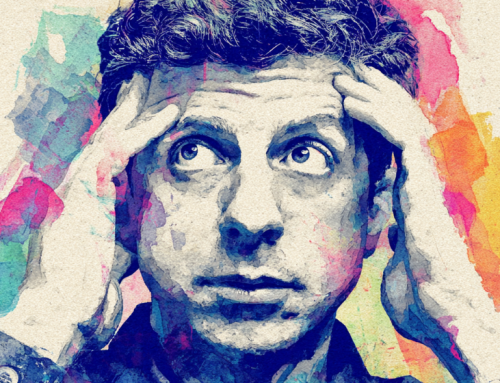New Virtual Realities, Now Available on Demand
When I was about 12, I was totally in love with cars and the sound of engines.
I would listen to car songs like Little GTO by Jan and Dean or Thunder Road by Robert Mitchum and drool on my stereo speakers. I knew I couldn’t legally drive⎯I was years away from that. But when my folks would give me the keys and allow me to just start their car, I was beyond excited. I could see myself just cruising down the highway, radio blaring, windows down and wind in my hair.
I imagined that maybe my parents would let me set up a real car in the backyard, up on blocks but fully operational. I told them I would sit in that car and rev the engine to my heart’s content and I didn’t want to actually drive the car. I just wanted to feel the power of the engine and hear the roar.
That was years before the invention of video games. Now video game driver programs are at such a high level, it leaves my 12-year-old human imagination in the dust. With the right computers and associated driving equipment, you can simulate yourself onto any track in the world, driving any vehicle and create every possible condition for racing in.
Want to fly a P51 over Germany In a WWII video? You can. Add a few motors, stabilizers and servos, and you can build a cockpit in your garage that will simulate enough movement during turns and dives, it might make you puke with imagined air sickness. That’s a sense of realism in which an AI algorithm marries your imagination to the laws of physics and gives you a separate reality that seems very real.
A story by Ray Bradbury I recall reading around that same phase of my life, called “The Veldt,” dealt with a family in the future, and a holographic room in their house. The room and its parts were so real, it transported each of them into realities that seemed exquisitely real while they were immersed in the imagery of the room. Here is the Wikipedia version of the plot:
The Hadley family lives in an automated house called “The Happylife Home,” filled with machines that do every task. The two children, Peter and Wendy[a], become fascinated with the “nursery,” a virtual reality room able to reproduce any place they imagine.
The parents, George and Lydia, begin to wonder if there is something wrong with their way of life. Lydia tells George, “That’s just it. I feel like I don’t belong here. The house is wife and mother now, and nursemaid. Can I compete with an African veldt? Can I give a bath and scrub the children as efficiently or quickly as the automatic scrub bath can? I cannot.” [2] They are also perplexed and confused that the nursery is stuck on an African setting, with lions in the distance, eating a dead figure. There they also find recreations of their personal belongings and hear strangely familiar screams. Wondering why their children are so concerned with this scene of death, they decide to call a psychologist.The psychologist, David McClean, suggests they turn off the house, move to the country, and learn to be more self-sufficient. The children, reliant on the nursery, beg their parents to let them have one last visit, who give in and allow Peter and Wendy more time in the nursery. When the parents come to fetch them, the children lock George and Lydia into the nursery with the pride of lions. Shortly after, it is implied that the lions eat George and Lydia. When David comes by to look for George and Lydia, he finds the children enjoying lunch on the veldt and sees the lions eating figures in the distance. This is implied to be George and Lydia, whose remains were the figure eaten by the lions earlier on.
 It sure feels like we are almost living the reality that Bradbury created in that 1950s short story. Our holograms and algorithms have made gigantic leaps that have practically created the The Veldts’ nursery. Did you catch the Chinese or South Korean holograms and drones being displayed before their respective Olympic Games? Mesmerizing, to say the least. And you are probably very familiar with the battle of taking cell phones or iPads aways from teenagers or children. It has become such vital part of their lives on one level, that they tend to forget there are many other levels to life. Much the same way the kids in “The Veldt” did.
It sure feels like we are almost living the reality that Bradbury created in that 1950s short story. Our holograms and algorithms have made gigantic leaps that have practically created the The Veldts’ nursery. Did you catch the Chinese or South Korean holograms and drones being displayed before their respective Olympic Games? Mesmerizing, to say the least. And you are probably very familiar with the battle of taking cell phones or iPads aways from teenagers or children. It has become such vital part of their lives on one level, that they tend to forget there are many other levels to life. Much the same way the kids in “The Veldt” did.
We modern humans have invented tools that allow us to create our own universes with our own rules. A futuristic world of fantastic notions is available for those who can afford the technology⎯and for those who understand the technology enough to use it. The next move is to make it available to people who don’t have the same finances or the same understanding of what is possible today.
Certain medical miracles are certainly possible on a daily basis, but only if you have the right insurance or a doctor who is up on the latest advances in medical technologies. That’s how movie stars stay beautiful and pro athletes last a few more years in their sport. Money and technology.
So if you understand what today’s technology has made possible and have the money to take advantage of it, you will live a better quality of life and a enjoy it longer.
You can view “The Veldt” as adapted for the cinema as part of The Illustrated Man (1969). It will give you pause for thought about how much the paradigm of reality has already shifted and will again soon.








Leave A Comment